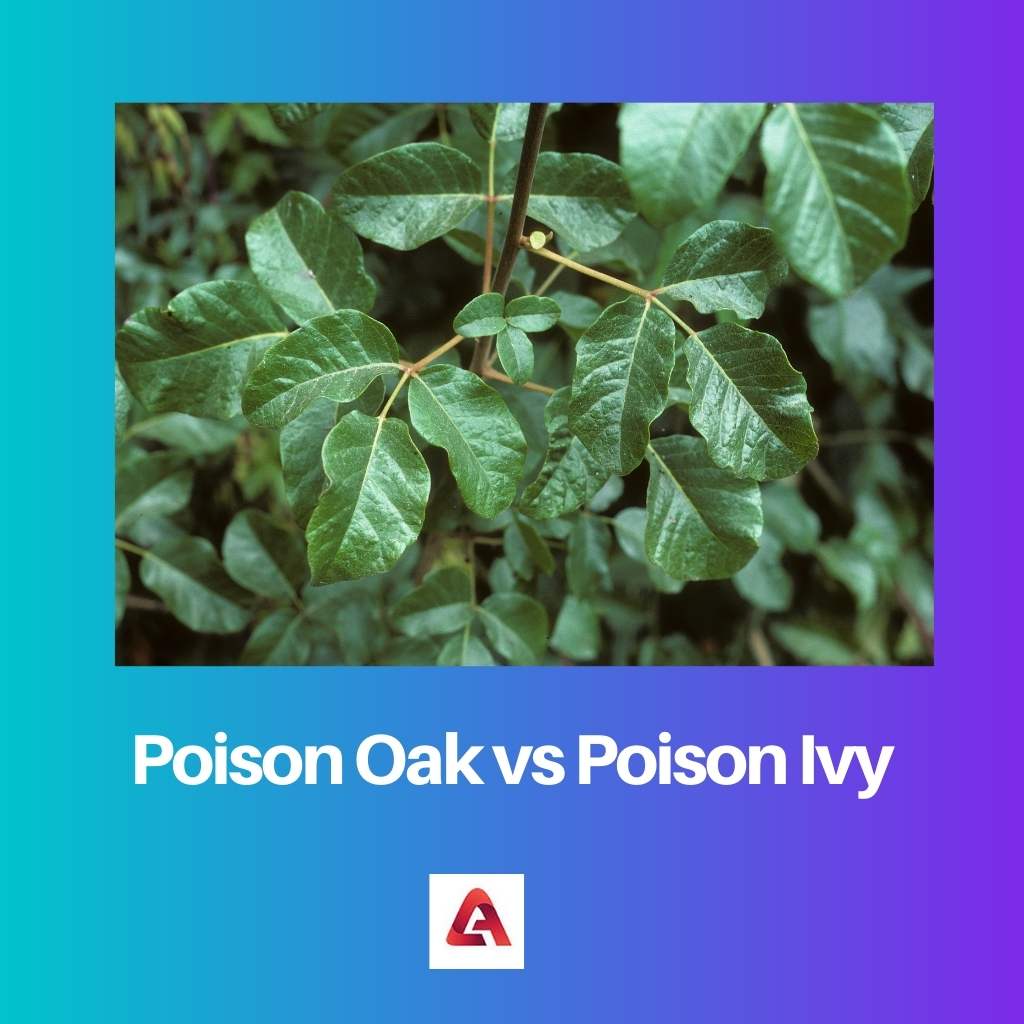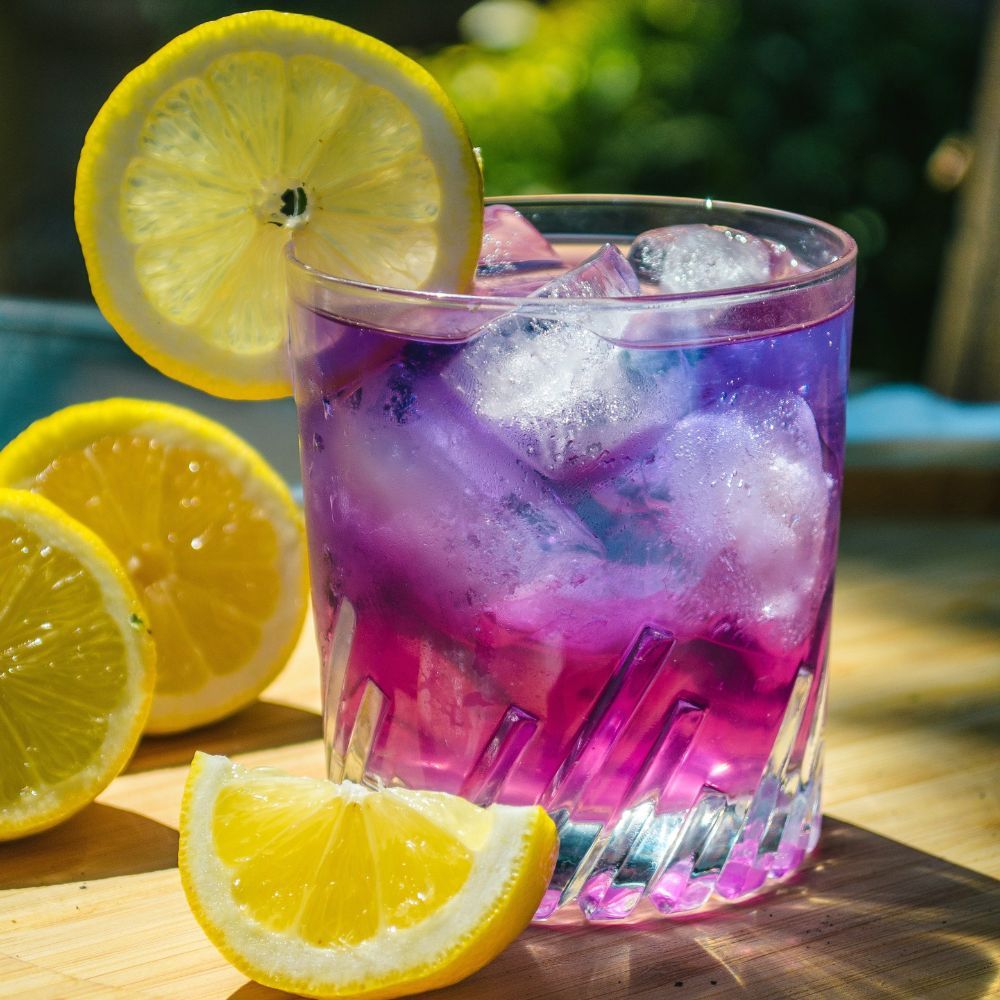Are Cashews Part of the Poison Ivy Plant? What You Need to Know

That question about cashews and poison ivy hits close to home for anyone who’s ever had that maddening, itchy rash from a backyard brush or summer hike. Trust me, I’ve been there: years ago during an agro-tourism trip in Kerala, my curiosity turned into a stinging lesson when I absent-mindedly picked up fresh cashew pods right off the ground. (Never again—my right palm didn’t forgive me for days!) Let’s unravel what’s really going on behind the cashew-poison ivy connection—and why your snacks are probably safer than you think.

The Odd Family Ties: Cashews & Poison Ivy
When I first learned that Anacardium occidentale (the cashew tree) was a distant cousin to Toxicodendron radicans (our old enemy, poison ivy), it floored me. This family—Anacardiaceae—is like the plant world’s eccentric extended clan. Mangoes, pistachios—even sumac—all in the same genetic lineup. Wild!
The secret handshake among these plants? It’s urushiol—the notorious oily compound that turns a nature walk into two weeks of scratching. Cashew shells contain anacardic acid and cardol, “siblings” to urushiol.
But here’s the backstage pass after a decade of food tours and nut industry chats: the edible part of the cashew—the creamy kernel—is totally sealed off from this toxin by double-layered armor (the shell). Unless you go full botanist and harvest unshelled nuts yourself without proper protection, there’s almost zero chance you’ll ever touch those irritants. Every reputable supplier roasts or steams away these dangers before distribution.
The Process: From Toxic Pod to Safe Snack
If you’ve never seen a fresh cashew fruit up close—imagine a plump red or yellow apple with an awkward gray “kidney” dangling underneath. That dangling nut is encased in not one, but two hard shells with caustic oil sandwiched inside. Back in 2019 while shadowing workers in Goa, I saw firsthand how much care goes into removing them; thick gloves are non-negotiable equipment.

Here’s something most folks don’t realize: so-called “raw” cashews at your typical store aren’t raw at all—they’re steamed! Truly raw nuts would be dangerous and illegal to sell as snack food in most countries. One batch ruined my good hiking shirt forever after an accident; even laundry soap barely budged those brown-black stains from shell oil.
Insider tip: If you see greenish patches on imported or bulk-bin “whole” cashews—walk away! That can signal incomplete processing. True commercial-grade nuts are ivory through and through.
Real-World Lessons: Risk & Reality
The DIY Disaster
Remember Tom from my local co-op? He scored a deal on unshelled “artisan” cashews at a farmers market back in 2021 and figured he’d save money by shelling his own. His hands ballooned inside an hour, despite gloving up with thin kitchen latex mitts. Lesson learned: only industrial-grade nitrile gloves stand up against these resins—and even then there is lingering risk unless you’re trained.
Allergy Anxiety
For allergy-prone friends who blister just thinking about poison ivy—like my friend Tara—you can relax about eating packaged cashews from any major North American or European brand. The proteins triggering food allergies have nothing to do with the topical reaction caused by urushiol oil residue.
If you’re still wary? Request supplier certification if buying bulk for events—I always do this since catering my first big vegan wedding years ago when someone panicked over ingredient sourcing.

Risk Management: What Actually Matters
No need for guesswork if you follow these time-tested steps:
- Buy pre-shelled and clearly labeled commercial nuts only.
- Inspect before eating: Any sticky residue = warning sign.
- Don’t trust online sources selling unshelled “raw” imports: Shipping regulations aren’t always enforced abroad.
- Handle with caution: If you must process wild-harvested ones (a rare hobbyist pursuit), use thick nitrile gloves and eye protection—and have dish soap ready for decontamination.
- Allergy protocols: Only trust brands that certify allergen controls if serving ultra-sensitive guests.
Why all this fuss? Because ten years ago, I watched three hotel chefs break out in hives after prepping fresh fallen fruits without proper PPE while staging at a boutique eco-resort...and their mistake cost them three days’ sick leave plus specialized soap to clean their gear!
Final Word: Savor With Confidence
Cashews have journeyed far from toxic shell to snack aisle hero thanks to rigorous industry standards that put our safety first—a fact not just taught but lived behind the scenes across orchards and factories around the globe.
So next time you dig into that crunchy handful during movie night or sprinkle some onto roasted veggies, picture the gauntlet it ran—from glove-clad hands under blazing steam cannons right down to your bowl—ensuring every last trace of irritant is history before your first bite.
And hey—if life ever lands you near an orchard where nuts dangle temptingly low… snap that vacation photo instead of reaching out bare-handed!



